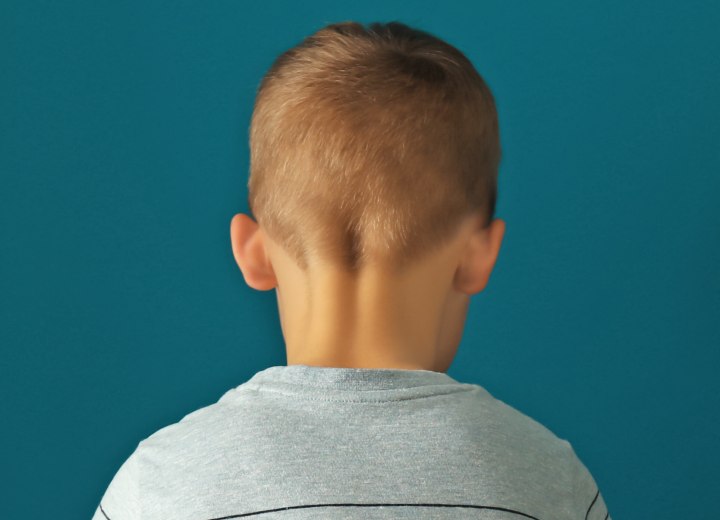Children's Alopecia

A: First of all, let me say how very sorry I am to hear that your grandson has to deal with this issue. According to the Children's Alopecia Project, alopecia areata is considered to be an autoimmune disease, in which the immune system mistakenly attacks the hair follicles from which hairs grow.
In alopecia areata, the white blood cells of the body attack the rapidly growing cells of the follicles that produce the hair. The good news is that the stem cells that supply the follicles with new cells don't seem to be targeted, so the follicles affected always retain the potential to grow hair.
Scientists don't precisely know why these events occur in the victims of alopecia areata, but they do think it possible that the determining factor is a combination of genetic marks that predispose certain people to the disease.
While the disease can be traumatic in its effects on the people (especially children) who experience it, Alopecia Areata is not life threatening. It does tend to occur in people whose family members have other autoimmune diseases: diabetes, rheumatoid arthritis, lupus, and Addison's disease among others.
For more information on alopecia, particularly in children, as well as information on coping with alopecia, try the website for Children's Alopecia Project.
©Hairfinder.com
See also:
Hair loss
Alopecia Areata